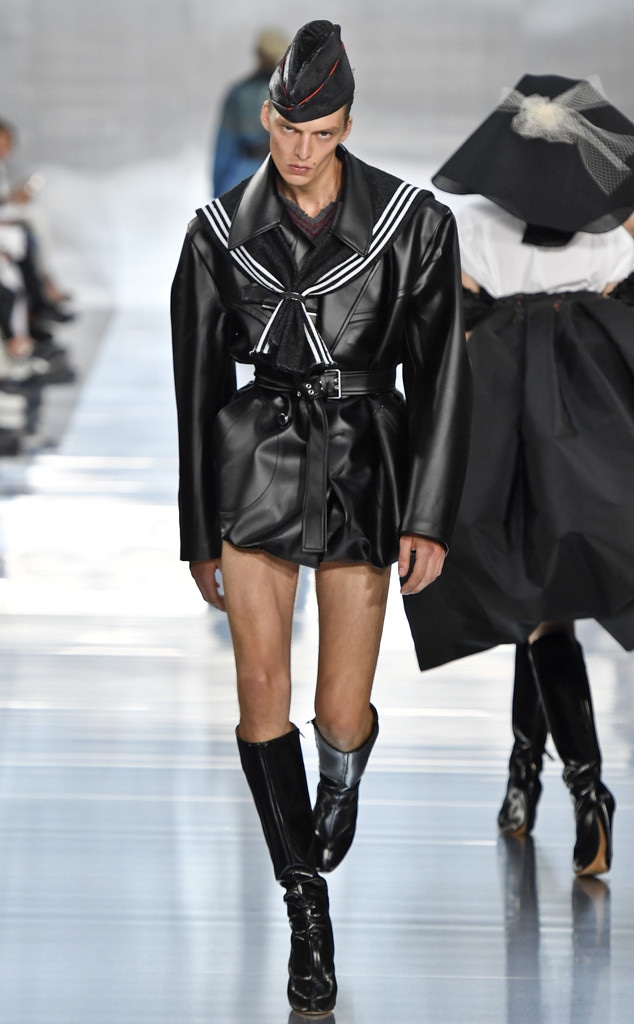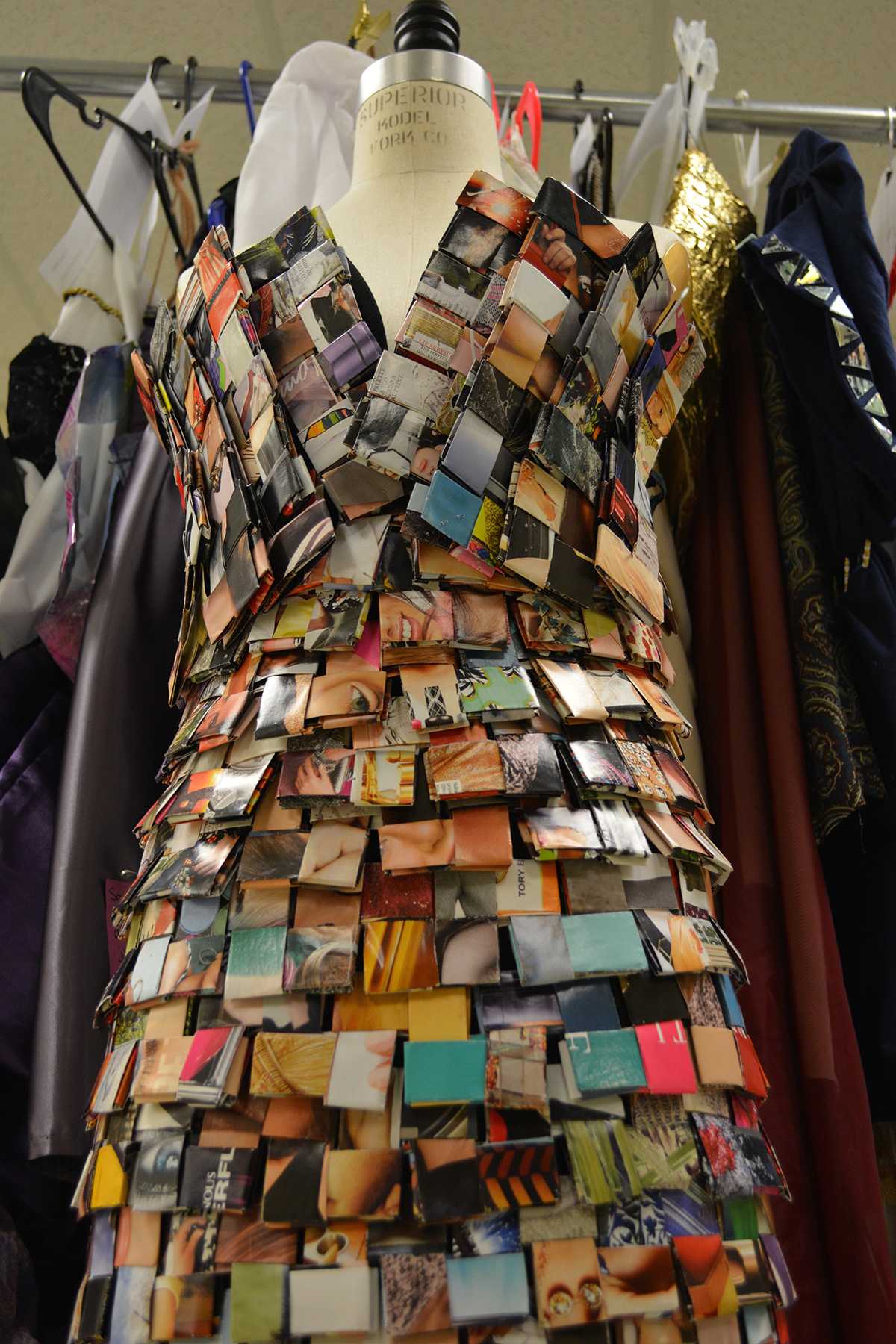
Introduction
A fashion show is an event where designers showcase their latest collections of clothing and accessories. It is a platform for fashion enthusiasts, industry professionals, and buyers to witness the latest trends in the fashion world. Fashion shows are often organized by fashion houses, brands, or event management companies to create buzz around their products and establish their presence in the industry.

History of Fashion Shows
The concept of fashion shows has been around for centuries. The first recorded fashion show took place in the 19th century, primarily in Paris, France. These early fashion shows were exclusive events attended by elite clients and members of high society. They were organized by fashion houses to present their creations to potential buyers and gain recognition in the industry.

Evolution of Fashion Shows
Over the years, fashion shows have evolved significantly. They have become more accessible to the general public, thanks to advancements in media and technology. Today, fashion shows are not only limited to physical events but are also live-streamed online, allowing fashion enthusiasts from around the world to experience the excitement and glamour of the runway.

Types of Fashion Shows
There are various types of fashion shows, each catering to different audiences and purposes. Some common types include:
1. Haute Couture Shows
Haute couture shows are the most prestigious and exclusive fashion events. They showcase high-end, custom-made garments created by renowned designers. These shows often take place in luxurious venues and attract top celebrities, fashion editors, and buyers.

2. Ready-to-Wear Shows
Ready-to-wear shows, also known as pr??t-??-porter shows, feature clothing collections that are ready for immediate purchase. These shows are more accessible to the general public and aim to promote wearable and commercially viable fashion.

3. Resort Shows
Resort shows, also called cruise or holiday shows, present collections designed for the vacation season. These shows often take place in exotic locations and feature relaxed and beach-inspired fashion.

4. Trade Shows
Trade shows are primarily focused on the business aspect of the fashion industry. They provide a platform for designers and brands to showcase their collections to potential buyers and retailers. These shows are not open to the general public.

Behind the Scenes
Organizing a fashion show involves meticulous planning and coordination. From selecting models, hair and makeup artists, to designing the set and arranging rehearsals, every detail needs to be carefully executed. Fashion show producers and event management teams work tirelessly to ensure a seamless and memorable experience for the audience and participants.

Impact of Fashion Shows
Fashion shows have a significant impact on the fashion industry and beyond. They influence trends, shape consumer preferences, and provide a platform for emerging designers to gain recognition. Fashion shows also contribute to the economy by attracting tourists, generating revenue, and creating employment opportunities.

The Future of Fashion Shows
The future of fashion shows is constantly evolving with the advancement of technology and changing consumer behaviors. Virtual reality, live streaming, and interactive experiences are reshaping the way fashion shows are presented and consumed. Fashion houses are adapting to these changes by embracing digital platforms and exploring innovative ways to engage their audience.

Conclusion
Fashion shows are not just glamorous events; they are a reflection of the ever-changing fashion industry. They bring together designers, models, industry professionals, and fashion enthusiasts to celebrate creativity and style. As fashion continues to evolve, so will the concept and significance of fashion shows.